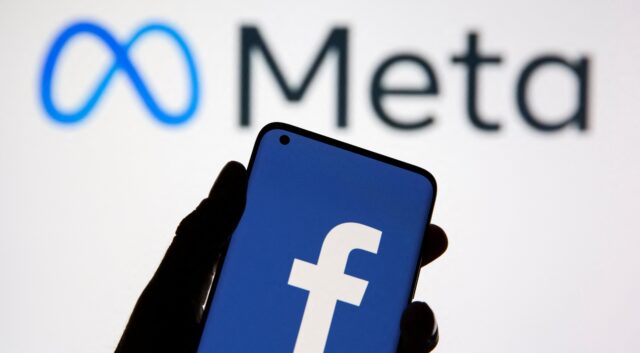At the beginning of 2021, only a niche group of crypto enthusiasts knew what non-fungible tokens (NFT) were. But by the end of the year nearly $41bn had been spent on NFTs, according to the latest data, making the market for digital artwork and collectibles almost as valuable as the global art market. “This year witnessed the NFT market explode from a sub-billion-dollar market to a multi-decabillion industry,” said Mason Nystrom, research analyst at crypto data group Messari, adding that buyers were rushing to uncover art that aligns with their “digital identities”. NFTs are essentially digital ownership certificates registered on a blockchain — an immutable record that cannot be changed or tampered with. The tokens are typically created or minted using smart contracts — self-executing contracts written into the code of a blockchain — and can be traded on the secondary market in exchange for cryptocurrency. NFT mania hit the mainstream in March, when a collage by the artist Beeple sold for $69.3m at Christie’s, in the first sale of its kind at the auction house. The artist, whose given name is Mike Winkelmann, reacted with a tweet: “holy fuck”.
Though first popularised in the art world, corporate players from sports and music — even former US first lady Melania Trump — have also embraced the concept to cash in on the hype and find new ways to engage with fans. The NBA, the US basketball league, created its own NFT marketplace for buying, selling and trading video highlights of its players called NBA Top Shot. Other hits included numbered collections of NFTs that went viral, including CryptoPunks and Bored Ape Yacht Club, and which denoted the clubby status of their owners and are used as avatars on social media profiles. “The core value is still exclusivity,” said Nystrom, noting that expensive collections also offer purchasers access to gated channels on chat platform Discord, and to meetups and parties. “They are country club-esque: there is a high barrier to entry — a capital cost — and you are around high net worth and other individuals,” he added.
In total, $40.9bn was poured into the ethereum blockchain contracts that are typically used to create NFTs in the year to December 15, according to Chainalysis, a crypto analytics group. The total would even be higher if it included NFTs minted on other blockchains, such as solana. By comparison, last year the global art market was worth $50.1bn, according to figures from UBS and Art Basel.
Chainalysis found that NFTs have introduced a huge number of retail investors to the crypto world, with small transactions of under $10,000 accounting for more than 75 per cent of the market. But much like the market for cryptocurrencies, it remains dominated by a few large players, or “whales”. Between late February and November, there were 360,000 NFT owners holding 2.7m NFTs between them. Of those, about 9 per cent — or 32,400 wallets — held 80 per cent of the value of the market, Chainalysis found.
Stephen Diehl, a crypto-sceptic software engineer, said many whales are “sitting on hundreds of millions of dollars of crypto” from the boom in crypto prices, “looking to turn their crypto into more crypto”. Others say they approach the market as professional traders-cum-collectors. One well-known NFT investor, known as Pranksy on Twitter, who started out with an initial investment of $600 in 2017 now has an NFT portfolio worth more than $20m, they said. They told the Financial Times that they invest in a mix of projects, “some of which have a higher daily trading volume and others that have a more niche appeal”. Aside from “flipping” lucrative projects, Pranksy said they had “specific pieces I plan to keep as long term investments”. So far, most new NFT collectors on the secondary market have yet to recoup the costs of their purchases, according to an analysis for the FT by blockchain analysis platform Nansen, where early collectors have benefited from a rise in the price of the NFTs as well as in the cryptocurrency used to trade in them.





